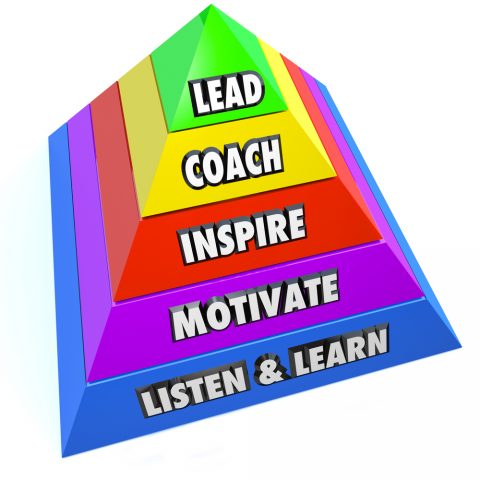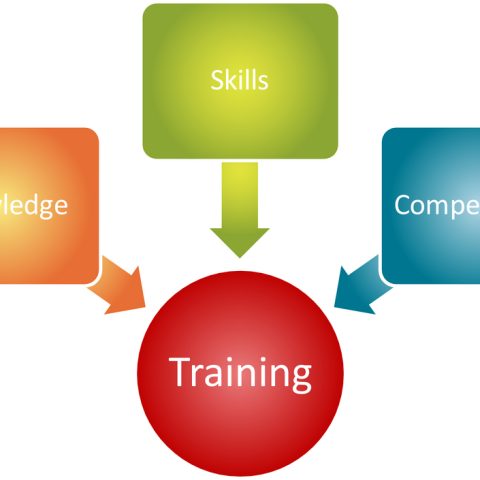 In my 33 years of managing all types of projects in the health care, high tech and financial services industries, I’ve had some great and not-so-great experiences that have taught me valuable lessons about project management. I’m sharing some the most important lessons here to help less experienced project managers working in nonprofits to understand some critical things to plan and focus on.
In my 33 years of managing all types of projects in the health care, high tech and financial services industries, I’ve had some great and not-so-great experiences that have taught me valuable lessons about project management. I’m sharing some the most important lessons here to help less experienced project managers working in nonprofits to understand some critical things to plan and focus on.
While all of these tips apply to managing projects in both nonprofit and for profit organizations, oftentimes nonprofit projects are about implementing programs to serve a public constituency, and that distinction makes these tips even more necessary and valuable.
So, here are some of my key tips for project managers in nonprofits to help to make projects more effective, less stressful and deliver the goods.
Know Your Stakeholders
A stakeholder is anyone who is impacted by your project. Stakeholders include people both inside and outside the organization, such as project sponsors, business users, the IT team, clients, patients, vendors, government agencies, the general public, etc.
Project managers must understand the needs, interests, concerns, constraints, and roles of each of their stakeholders, and must also know what they need from each stakeholder to deliver a successful project. To understand and leverage stakeholder information, project managers should complete a formal stakeholder analysis early in the project, ideally during project initiation.
There are methods for performing a stakeholder analysis. Beginning with each stakeholder’s name and role, a good analysis will consider the following qualitative information: influence/power level, interest level, concerns, perceived benefits or disadvantages of the project, perceived support or resistance to the project, and the level of current and required commitment to the project.
The stakeholder analysis should be the basis for a larger stakeholder management plan which will help the project manager to continuously understand stakeholder interests, align stakeholder goals with project objectives, and effectively manage stakeholder expectations.
Establish Trust & Credibility
Great project managers work hard to build strong working relationships based on mutual trust and credibility with all stakeholders. They do this by actively listening and reacting to stakeholder’s interests, communicating honestly and consistently, and helping stakeholders to understand what’s in it for them.
To work effectively with stakeholders, project managers need to uphold their commitments. They must consistently do what they say they’re going to do.
Do Risk Management
In my experience, the risk management discipline is often overlooked or used in only a cursory manner when projects are planned and implemented. This is unfortunate, as spending time on risk management is one of the most important things that a project manager can do to improve success.
Identifying potential risks and solutions before they actually happen can save lots of pain and anguish in the midst of a busy project. My guess is that many project managers either don’t know about planning for risks, don’t want to think about worst-case scenarios, or just don’t see that value of spending precious time considering the “what if’s” of a project. This is too bad, because time spent on risk assessment pays for itself. When problems occur and you need solutions, they’ll be there!
Business Requirements (and Business Knowledge) Matter
When projects are implemented the project manager gathers detailed information about what the program, service or system is supposed to do from a functional perspective, and this document becomes the business requirements. The program or service is then implemented, based on these requirements and all requested changes are put through a change control process to determine their impact on project scope, time and budget.
Preparing effective business requirements is more of an art than a science. That’s because one can’t get a complete and accurate assessment of the business requirements until the rubber hits the road and the project gets underway. Knowing and using best practices certainly helps, and I’ve found that high-quality business requirements will have all of these characteristics: Correct, Unambiguous, Feasible, Necessary, Prioritized and Verifiable.
Having a working knowledge of the business helps, as does having experience in compiling business requirements (or, ahem, calling on the services of an experienced project management consultant!) I have learned that bringing Subject Matter Experts (SMEs) onto the team is an effective way to add beneficial program and business knowledge to the implementation. And, as always, project managers knowing how to ask the right questions at the right time is a valuable skill to have.
Plan Outcome Measurements Early
Collect data, measure results, test alternatives, question assumptions. In today’s environment successful nonprofits excel at measuring their program outcomes to analyze their impact and help drive improvements. Implementing an outcome measurement strategy will provide learning experiences and enable nonprofits to continuously assess, measure, and improve their programs.
Some key factors for effective outcome measurements:
- Start with the program goals
- Begin planning early as the program is defined
- Involve stakeholders at the beginning
- Consider the context and type of the organization and environment when deciding how, what and when to measure
Manage the Change Process
Just like life changes, project changes will happen – sometimes often and unexpectedly. A big part of every project manager’s job is to prepare their organization and stakeholders to deal with change. Equally important, a manager must create a formal process to control and handle change. The process should rigorously and thoroughly evaluate change requests to ensure that their impact on project scope, cost and time are fully understood and accepted.
The change control process can be contentious and stressful, therefore it is critical to plan for it and to allocate time to deal with it. If possible, the project manager should involve key stakeholders in designing the change control process as having a hand in creating this process helps to get their buy-in and use of it.



